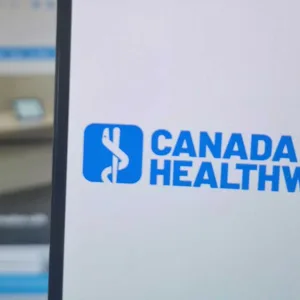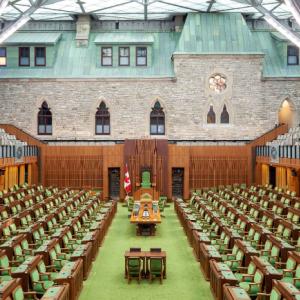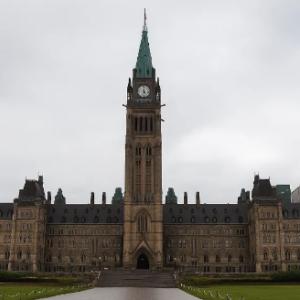Federal budget a missed opportunity to secure pharmacare’s future
The recent introduction of a Pharmacare Act marked a historic – albeit fragile – victory against powerful corporate interests that for decades have tried to stymie any progress towards a national, single-payer program. But if that victory seemed tenuous then, last week’s federal budget makes it even more precarious now.
For years, successive Liberal governments have offered mere symbolic nods towards pharmacare while stalling for time and yielding to the influence of Big Pharma and the insurance industry. The pressure from the grassroots movement for public pharmacare – in the context of a minority Liberal government propped up by the NDP – finally compelled the government to take the first concrete step towards a national drug plan with the introduction of Bill C-64.
Now, the budget is once again casting doubt on whether the Liberals have the resolve to face down corporate pressure and implement and expand the program.
When pharmacare legislation was unveiled at the end of February, Health Minister Mark Holland said there would be $1.5 billion to get the program off the ground. But Budget 2024 has revealed this to be an extremely deceptive statement.
In reality, the $1.5 billion for pharmacare is spread over five years and is largely backloaded. Only $59 million is allocated to pharmacare for this fiscal year, rising to just $121 million in 2025-26. If this paltry funding isn’t revised upwards, it’s hard to imagine how pharmacare can get off the ground.
Bill C-64 promises universal, single-payer coverage for diabetes and contraception medication, pending agreements with the provinces and territories, and it lays out steps for developing a more comprehensive list of essential drugs to be covered under a national plan.
Universal, first-dollar coverage for those first two classes of drugs alone would cost at least $3 billion per year in public funding.
Adequate funding is also key for moving negotiations forward with the provinces and securing their buy-in. More federal money would make it far more difficult for provinces to refuse getting on board and help prevent delays from drawn-out negotiations.
The federal government could easily afford to cover the entire cost of this initial rollout of pharmacare. Thinking in terms of billions of dollars can be disorienting; it’s important here to note that $3 billion is just 0.6 per cent of the total federal budget. Free access to diabetes drugs and contraceptives would be life-changing for the 3.7 million Canadians with diabetes and the 9 million who use birth control. And eliminating cost barriers for just these two classes of medications would generate hundreds of millions in downstream savings realized across the health care system.
Time is of the essence for another reason: politics. Pierre Poilievre and the Conservatives have made clear their hostility to pharmacare, and nothing would be easier for a future Poilievre government to undo than a pharmacare program that exists only on paper. Taking away people’s access to free insulin or contraceptives once they have it, on the other hand, would be much more difficult. That’s why adequate funding to roll out pharmacare before the October 2025 elections is key.
After coming so far, we can’t let our victory slip away.
Patients have been burdened by exorbitant drug costs for far too long. We’ll continue fighting alongside them to win a comprehensive and ambitious pharmacare plan that delivers for Canadians now and can be quickly expanded to include all those struggling to afford their medications.
Nikolas Barry-Shaw is a campaigner at the Council of Canadians. The Council of Canadians was founded in 1985. It brings people together across Canada to challenge corporate power and advocate for stronger public healthcare, clean water, climate justice, democracy, and fair and sustainable trade.









